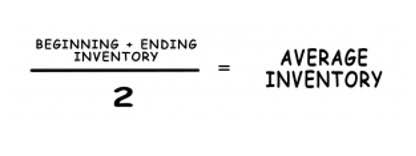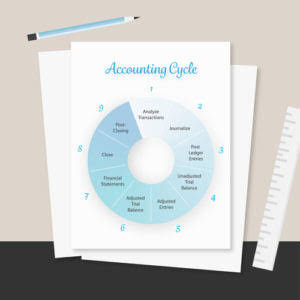
The world of food retail is too complex to be managed with notepads and intuition. Of course, this has been true for a long time, but now, not only can the simplest tasks be automated but significantly more advanced planning processes can as well. More importantly, intelligent automation will do more than just replace manual work—it will take planning to a never-before-seen level of granularity.
Tool #1: Inventory Management Software
Without detailed forecasts, it’s impossible to correctly position inventory in the supply chain to maximize sales and minimize waste. Granular forecasts are also the planning foundation for resource and capacity management and, thus, should be considered a prerequisite for profitable operations. An analysis of store-level data suggested that the problem only affected smaller, out-of-town stores. Drilling further into the data to the SKU-store level pinpointed the culprits — a grocery store accounting small number of more expensive products like Beef Wellington. Further analysis of daily sales forecasts and delivery schedules showed that sales were primarily on Friday and Saturday — as these premium meat products would be the centerpiece of a weekend family meal. RELEX ran replenishment with the belief that “nice-to-have” products could run out towards the end of the evening, but there should always be stock in all basic categories (e.g., sliced white, whole grain, seeded).
Key features of an optimized supply chain
With this information at hand, store owners can avoid overstocking or understocking items, leading to improved profitability and reduced waste. Accurate forecasting is crucial for effective grocery store inventory management as it helps to ensure that the right products are available in the right quantities at the right time. Having incorrect inventory data can affect other important aspects of the business, such as store performance, customer satisfaction, spoilage, and sales.
LEAFIO’s top picks for groceries & supermarkets retail
- Supplier collaboration has been a point of discussion for decades, but surprisingly few retailers have successfully implemented it.
- It streamlines operations, improves efficiency, and ultimately leads to better customer service.
- Monitoring these 10 key performance indicators for grocery stores is critical to the success of your store.
- Machine learning forecasting must be set up correctly to make it less vulnerable to data issues (the “garbage in, garbage out” scenario).
- For example, produce may turn over every few days, whereas dried spices may take a few months.
Conducting daily counts of your top-selling items enables quick management of these items and prevents out-of-stocks through close monitoring. Additionally, mobile inventory tracking allows you to easily track and manage your inventory on the go, ensuring accurate stock levels. You can easily track your inventory in real-time with our user-friendly software. With real-time inventory updates, you can always stay updated on the status of each product in your grocery store. This allows you to make informed decisions about restocking and avoid stockouts or overstocking. When it comes to selecting the right inventory management software for your grocery store, there are several key features that you should consider.
- This allows you to make informed decisions about restocking and avoid stockouts or overstocking.
- A powerful BI module offers more than 40 analytical reports to track recent trends, identify areas of missed sales and excess inventory, and make strategic decisions.
- Clothing retailers, for instance, can centralize online inventory management through a distribution center, while grocers need more dynamic inventory management control.
- However, both should remain agile; otherwise, changes in demand will lead to lost sales.
- Secondly, the software provides insights into purchasing patterns and trends, helping store owners make informed decisions about stocking popular products and discontinuing slow-moving ones.
- In brick-and-mortar retail, local circumstances, such as a competitor opening or closing a nearby store, may cause a change in demand.
2. Retail sales & operations planning (S&OP)

This is crucial for grocery stores as they deal with perishable items that have limited shelf life. By having a system that can effectively track and monitor expiration dates, store owners can ensure that they are not selling expired products to customers, which can lead to customer dissatisfaction and potential legal issues. A POS system with integrated grocery store inventory management is an all-in-one https://www.bookstime.com/ solution. POS systems track all sales transactions in real time, providing updated inventory counts as items are sold, rather than relying on periodic manual audits. The key to inventory management is using the tools and techniques at your disposal. Grocery stores count inventory to ensure accurate stock levels, minimize losses from overstocking or stockouts, and optimize purchasing decisions.

Operational visibility
- She knows which products should be heading to which stores, so she can plan the inventory levels that will best achieve on-shelf availability without overloading DCs or back rooms.
- Therefore, automation and optimization of inventory management are essential to profitability.
- Leverage this data to increase sales by placing faster-selling essentials more prominently.
- When you know you can count on the data in your POS system, you can trust reorder thresholds and implement proactive reordering processes confidently.




